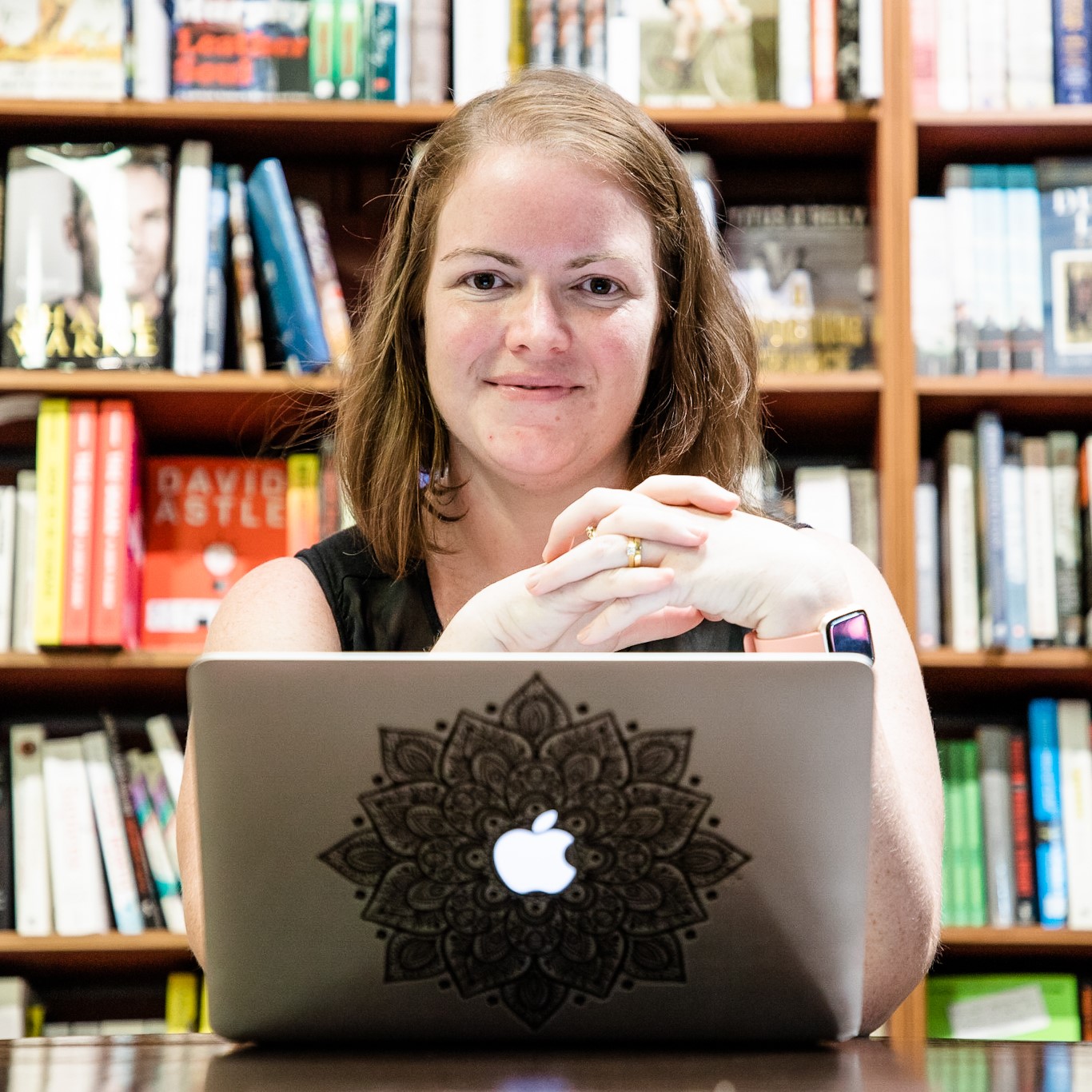Creating your own presets in Lightroom is a great way to speed up your mobile editing and achieve a consistent look to your mobile phone photos that will set your social media feed apart. Knowing how to create and use presets is an essential skill that will dramatically speed up your editing.
Preset packs are available to buy all over the internet. Some are better than others in consistency; some just make you wonder what on Earth went wrong with your photo?
I believe the best method of using presets is to create your own. It helps you develop your own signature style (instead of emulating a standard “look” that many others can purchase and apply), and if you do decide to purchase a set, you’ll have a better understanding of how they work so you can get the look you want (again, making it your own).
How to create mobile Lightroom presets
This method is possible in the free version of Lightroom for mobile (Android version here, iOS here). The steps are super simple:
- Edit a photo with your desired settings.
- Click the three-dot menu and then Create preset.
- Name your preset: I strongly suggest giving it a name that describes the settings involved, rather than something vague. For example: “Contrast +10 HL -100 Black -60” is more logical than “Dramatic contrast.” This helps you later when applying multiple presets to know which settings are being targeted (see more below).
- Select the Preset Group to save your preset into. The default here is “User Presets” but you can (and should) consider creating different groups for different purposes. Maybe you have one look for your Instagram photos and another for Facebook: group them together for ease of access. Another method of grouping might be to put all your “tool” presets together (see below).
- Select the settings you want included in your preset. This section by default has Tools, Geometry, and some of the Optics settings deselected. This is perfect for most presets (again, more on this below).
- Click the tick mark to save your preset.




Once you have created your preset, open a new photo, scroll right to the Presets button and choose your new preset from the list. You can change the group from User Presets with the drop-down arrow.

The presets will sync with your desktop version of Lightroom, and vice versa, for any that you create on desktop.
Working with mobile Lightroom presets
Now that you have the basic process down pat, let’s examine more closely how presets work and how to best utilize them in your editing.
First of all, no single preset can deliver a consistent look to every single photo in your camera reel. This is why commercial preset collections come with four, six, 10 or even more variations on the same “look” to account for the slight lighting and color temperature changes between images.
When you are building your own presets, you will also need to adjust for different conditions. Experiment to find the best settings for direct sun, shade and indoor with artificial lights, then save those as new presets.
When you apply a preset, only the settings you selected in Step 5 above will be changed. This is extremely useful. It means that you can have different “tool” presets that target different edit settings.
For example, you might create a set of presets that only adjust the Color Mixer (in previous versions called HSL for hue, saturation, luminance) for different purposes: Shifting colors toward orange for a fall look, or darkening green for a lush look. These tool presets can be applied one after the other (clicking the tick in between) with only those settings targeted by the preset being changed (and everything else remaining unchanged). This is where using a logical naming convention (see Step 3 above) becomes very useful, so you can tell which settings you’re targeting with each preset.


Even after accounting for different lighting conditions by creating a variety of presets, I have found that exposure and color temperature don’t play well within presets, so I will often deselect these when creating presets, and adjust them manually.
My process is: Apply my standard edit preset, adjust exposure and color temperature to get skin tones looking right, then apply any tool presets I think are needed (like noise reduction, or a Color Mixer adjustment for styling).
Using mobile Lightroom presets on multiple photos
Once you’ve applied your preset and tweaked it if necessary, you can then copy the settings and paste them to other similar photos (look for copy and paste in the three-dot menu). For subscribers to the premium version, you can paste to whole batches of photos in the gallery view (rather than single photos only in the edit view).

Generally, when you find yourself making the same changes to lots of photos, or copying the same settings over and over without making any tweaks, take that as your cue and create a new preset. If you’re editing photos from only one camera (e.g. your phone’s back camera) in Lightroom, you’ll quickly work out the range of presets that you need to cover every different lighting situation you shoot in. When you add another camera into the mix, you may need to create a new set of presets to carry your style over.
Getting the light/dark balance and color temperature consistent across all your edited photos is key to developing your own signature style as a photographer.
You can think of the preset as a starting point. It gets your settings into the ballpark of where you want them, but you’re unlikely to be completely done without tweaking. As you develop your editing eye, you will know when your photograph “feels” like your style, and with time, you’ll be able to achieve consistency with ease.












